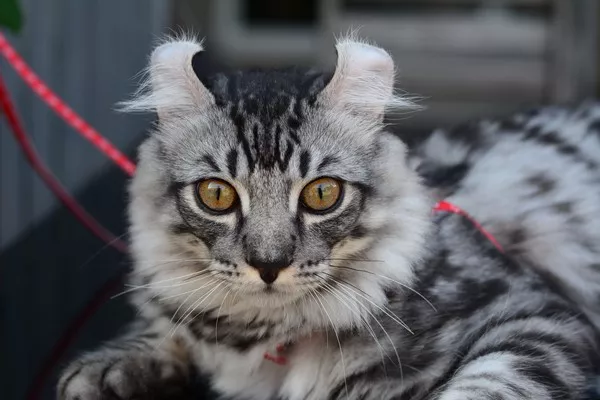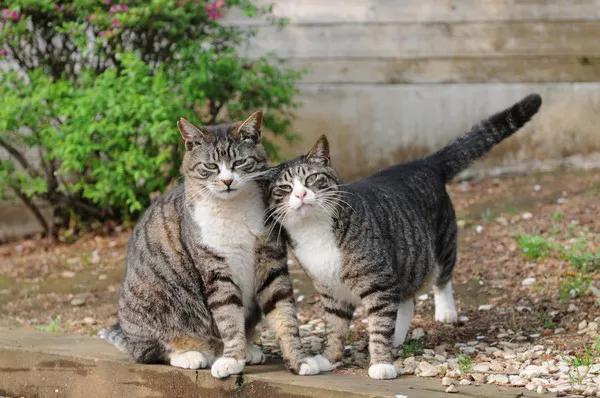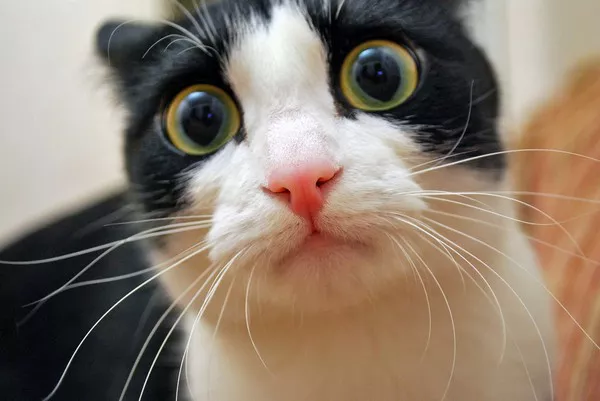Burmese cats, with their sleek and shiny coats, are renowned for their striking and rich coloration. The journey of a Burmese cat‘s coat color is a fascinating process that evolves from birth into adulthood. The distinctiveness of their coat colors stems from genetic factors and the influence of their Burmese heritage. In this exploration, we delve into the captivating journey of Burmese cat coat colors, seeking to understand when these colors stop changing and what factors contribute to this remarkable transition.
The Early Stages: Kittenhood
The Birth Coat: A Blank Canvas:
Burmese kittens are born with a relatively uniform coat color known as the “birth coat.” This initial coat is typically lighter in color than the adult coat and serves as a temporary placeholder until the more defined adult colors emerge.
1. Seal, Chocolate, Blue, and Lilac: The Burmese breed is known for four primary coat colors: seal, chocolate, blue, and lilac. The birth coat provides a glimpse of these colors but lacks the depth and richness that will develop as the kitten matures.
2. Temperature Sensitivity: The genes responsible for coat color in Burmese cats are temperature-sensitive, a trait inherited from their Siamese ancestry. The cooler areas of the body, such as the extremities, tend to express darker coloration, while the warmer areas exhibit lighter shades.
Transitioning through the Weeks: The Color Begins to Unfold:
As Burmese kittens grow, their coat colors gradually emerge and become more defined. This transition usually occurs over several weeks, revealing the richness and depth of the final adult coat.
1. Darkening of Points: Similar to Siamese cats, Burmese kittens exhibit color points, where the ears, face, paws, and tail are darker than the body. This darkening process becomes more pronounced during the early weeks of life.
2. Expression of Pattern Genes: The development of coat color is influenced by a combination of genes, including those responsible for the pattern and distribution of color. These genes interact to create the unique appearance of each Burmese cat.
The Adolescent Stage: Months of Change
Transitioning into Adolescence: A Kaleidoscope of Shades:
As Burmese kittens enter adolescence, typically around four to six months of age, their coat colors continue to evolve. This period is marked by subtle shifts in shade and the emergence of the adult coat’s distinctive characteristics.
1. Intensity of Color Points: The color points on a Burmese cat become more intense and defined during the adolescent stage. The contrast between the darker points and the lighter body coat becomes more apparent, contributing to the breed’s signature appearance.
2. Glossy and Shiny Coats: Burmese cats are known for their glossy and shiny coats, which enhance the richness of their colors. The development of this lustrous coat adds to the overall appeal of the breed, highlighting the deep and luxurious hues.
3. Eye Color Development: Alongside the changes in coat color, the eye color of Burmese cats also develops during adolescence. The breed is known for its striking gold or yellow eyes, which complement the coat colors. The eye color gradually deepens as the cat matures.
The Adult Stage: When Colors Stabilize
Color Stabilization: Settling into Permanence:
Burmese cats typically reach their full adult coloration by the age of one to two years. During this stage, the coat colors stabilize, and the cat’s appearance becomes more consistent. The once dynamic changes in color gradually settle into a harmonious and permanent expression.
1. Maturation of Color Points: The color points on a Burmese cat reach their full maturation during the adult stage. The contrast between the darker points and the body coat becomes a defining characteristic, emphasizing the breed’s elegance.
2. Richness and Depth: The coat colors of adult Burmese cats exhibit a richness and depth that contribute to their overall allure. The warm hues of seal and chocolate or the cooler tones of blue and lilac create a visual tapestry that showcases the breed’s unique beauty.
3. Maintaining Glossiness: Throughout adulthood, Burmese cats retain their glossy and shiny coats. This quality not only enhances the vibrancy of their colors but also contributes to the tactile appeal of their fur.
Factors Influencing Coat Changes
Genetic Influences: The Basis of Coat Color:
The coat color changes in Burmese cats are fundamentally governed by genetics. The specific genes responsible for coat color, pattern, and temperature sensitivity interact to produce the distinctive appearance of the breed.
1. Burmese Color Gene (cb): The Burmese color gene, often denoted as “cb,” determines the base color of the cat’s coat. It comes in several variations, including seal (cb), chocolate (cbch), blue (cbb), and lilac (cbl). These variations contribute to the range of coat colors observed in Burmese cats.
2. Siamese Color Points Gene (cs): The Siamese color points gene, represented as “cs,” influences the distribution of color on the cat’s body. This gene is temperature-sensitive, leading to the darker coloration of points in cooler areas of the body.
Environmental Factors: Temperature and Coat Expression:
Burmese cats inherit their temperature-sensitive coat coloration from their Siamese ancestors. The interaction between genetic factors and the ambient temperature plays a role in the dynamic expression of coat colors, particularly in the cooler regions of the body.
1. Effect of Temperature Changes: Changes in ambient temperature can influence the intensity of color points in Burmese cats. Cooler temperatures often result in darker points, while warmer temperatures contribute to lighter shades.
2. Seasonal Variations: Some Burmese cat owners may observe seasonal variations in coat color, with the winter months potentially bringing out deeper and more pronounced color points. However, these variations are temporary, and the overall coat color remains consistent over time.
Conclusion
The journey of Burmese cat coat colors is a captivating process that unfolds from birth through kittenhood, adolescence, and into adulthood. While the birth coat provides a glimpse of the eventual coloration, it is the adolescent and adult stages that showcase the breed’s distinctive appearance.
As Burmese cats transition from playful kittens with evolving colors to sleek adults with stabilized hues, the genetic and environmental factors at play create a visual tapestry that is both dynamic and harmonious. The richness, depth, and glossy texture of their coats contribute to the allure of Burmese cats, making them beloved companions for cat enthusiasts worldwide.
Understanding the timeline of color changes in Burmese cats allows owners to appreciate the natural beauty of the breed and anticipate the unique transformations that each cat undergoes. As these feline companions settle into their adult coloration, they stand as living embodiments of the intricate interplay between genetics, environment, and the timeless charm of the Burmese cat.

![Do Birman Cats Like to Cuddle? [Revealed!]](https://www.catsmeowweb.com/wp-content/uploads/2023/06/burmese-cat-20.webp)

























